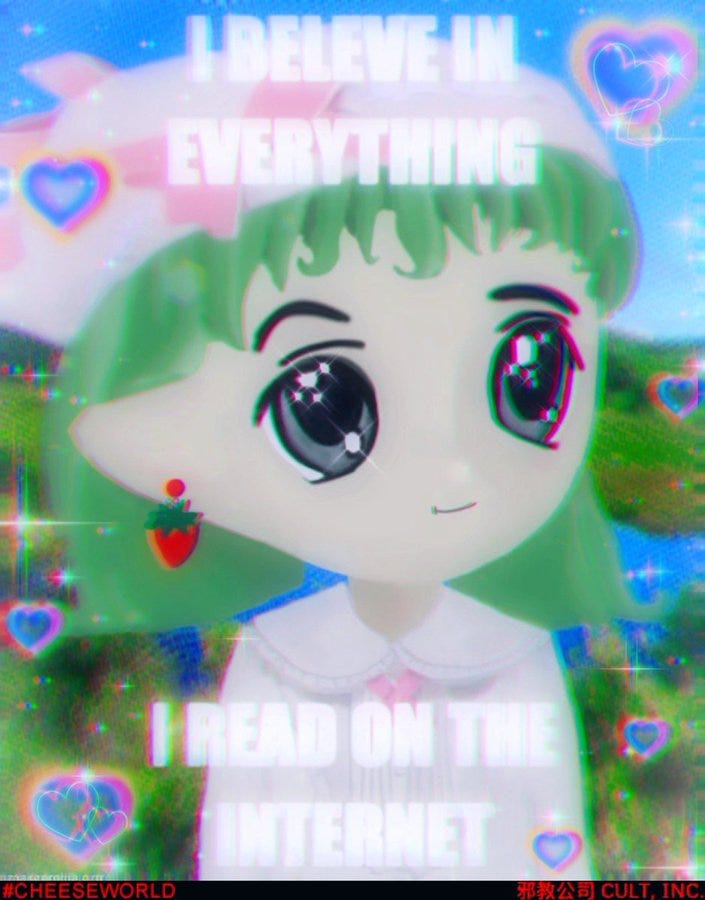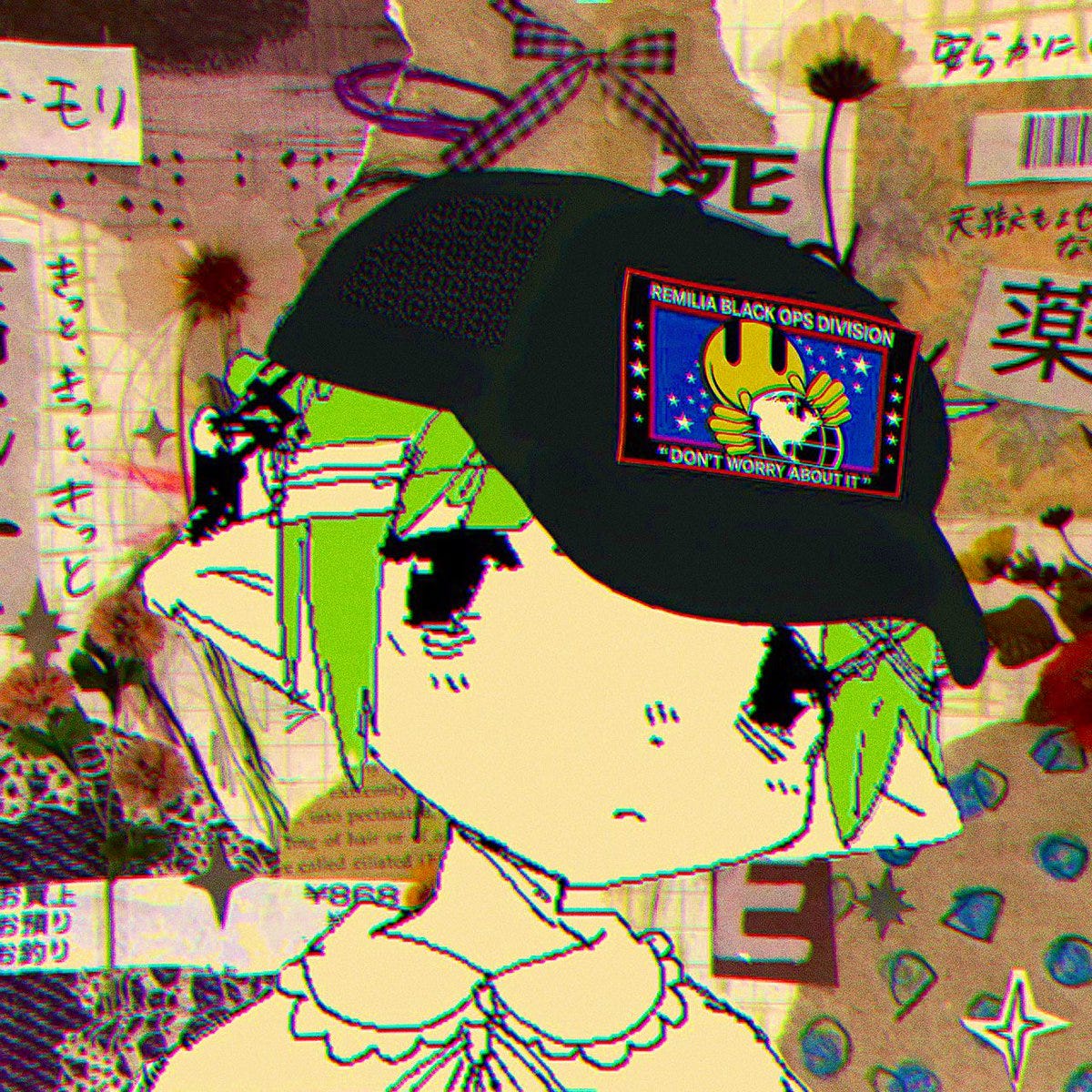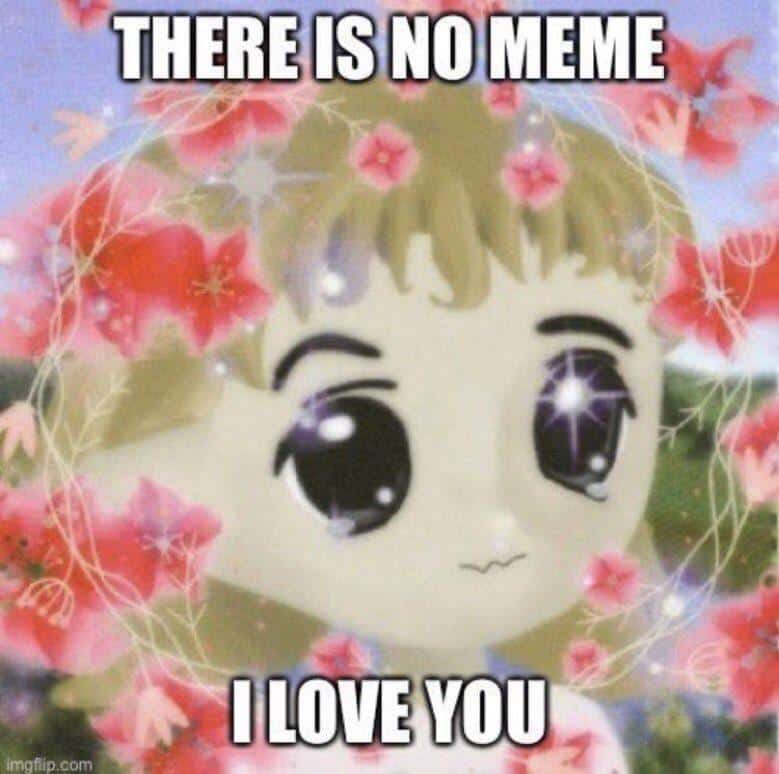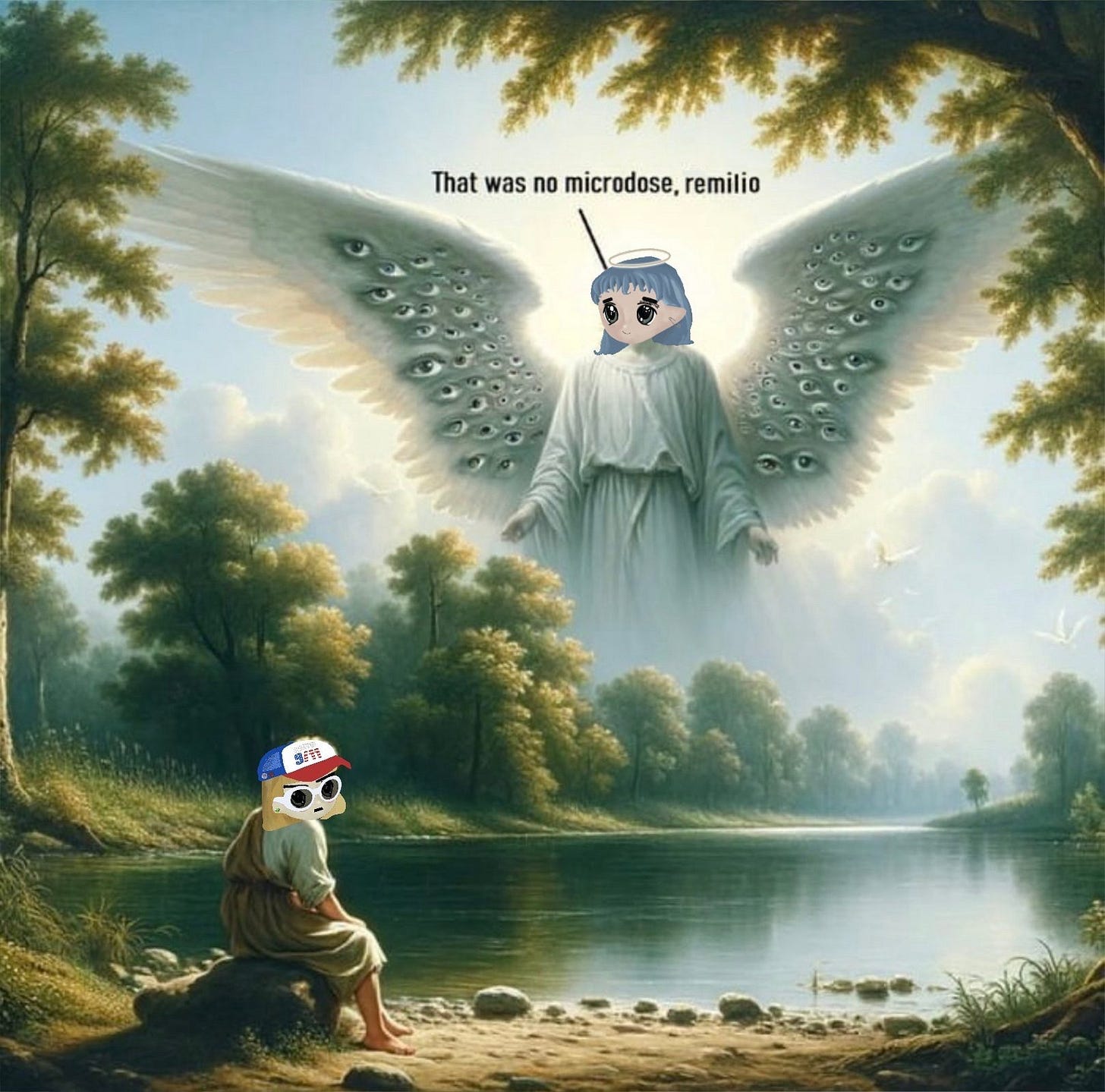✞ Building Auras, Breeding Cults ✞
My time in the bowels of the Milady thing: what it's like to hang out in one of the internet's most notorious soft cults
Welcome to BLOG by LAN Party, the monthly newsletter by Vienna Kim & Benoit Palop that investigates and critiques how we engage with curation, art & culture in the digital and onchain era.
We’re currently participating in Internet Real Life (IRL), a webinar series by Peter Limberg and Katherine Dee that explores ‘Internet Realism’. As a part of the programme, a weekly writing prompt is provided. We have taken up the challenge to respond to these weekly prompts as a writing exercise, and share our thoughts as free posts throughout the month of April.
In this text, Benoit offers a loose, stream-of-consciousness response to the April 11, 2025 prompt—following a seminar discussion around Günseli Yalcinkaya’s essay The Internet Enters Its Age of Aquarius, published in Spike. Rather than a slick essay, take this more as a playful, intuitive drift into thoughts and feelings—something that resonates well with the milady ecosystem he’s involved in.
If you would like to support LAN Party’s work, the best way to do so is to subscribe to our Hypersub or Substack and share the parts you like from our newsletter on social media.
Bonus: you can earn 10% on all referrals on Hypersub. :-) Let’s dig in.
Week #2 Prompt: Analyze a contemporary piece of internet folklore—based on your own opinion of what that might mean. Discuss its origin and journey across online communities, and explore its cultural significance.
Don't forget to refer to the following glossary to help navigate the text and understand the key terms throughout!Soft Cult ⋆✧⋄♡⋄✧⋆ a group or idea that’s easy to rally behind and share online, with a fun, engaging energy; the core vibe; catchy, conceptual, and memeable
Egregore ⋆✧⋄♡⋄✧⋆ a shared belief or energy created by a group of people, often growing stronger the more people are into it; occult-leaning and mystic, but relevant to network dynamics
Aura-Maxxing ⋆✧⋄♡⋄✧⋆ maximalist self-stylization as spirituality; creating a larger-than-life, personal identity that feels almost transcendent
Lorecore ⋆✧⋄♡⋄✧⋆ a style of storytelling where communities build complex, sometimes looping, narratives together; community-driven myth-making and recursive storytelling
Network Spirituality ⋆✧⋄♡⋄✧⋆ using online connections to explore deeper, sometimes spiritual ideas; high-concept and poetic; gestures toward deeper meaning
Post-Irony ⋆✧⋄♡⋄✧⋆ a shift from sarcastic or ironic humor to more genuine or sincere expressions; marks the tone shift in the way collectives signal belief or belonging
“When a cult grows up, it becomes a culture.” ~ Jan Shipps, American historian specializing in Mormon history
A compelling example of internet folklore is the milady. It began as a NFT/PFP collection launched by Remilia Corporation in 2021. Its neochibi anime aesthetics, layered cynicism, and tumultuous online presence made it stand out. Controversy soon followed.
Rooted in crypto culture and what some call the ‘alt-left’ (a fringe ideological zone that mirrors the memetic intensity of the alt-right but with different aesthetic weaponry), milady attracted both fascination and backlash. Accusations against its founder, Charlotte Fang, who admitted to posting under an offensive pseudonymous account, led to a highly publicized fallout. Many distanced themselves. Others remained—drawn in by the refusal to collapse under moral scrutiny.
The project’s visibility only grew when Elon Musk tweeted the now-iconic:
Since then, a few prominent crypto figures like Vitalik Buterin and Stani Kulechov have donned a milady.
What emerged from the ashes of cancellation was a soft cult, constituted via distributed aesthetics, parasocial intimacy, and the self-referential temporality of the timeline.
Soft cult.
Two words that echo like a bongo every time I log onto Milady Twitter, the self-proclaimed (or perhaps self-haunted) love battleground of one of the most extreme and spiritual communities on the new internet.
These dailies last just a few minutes: cult verses, Charlotte’s tweets, copypasta—invigorating scrolls that feel like rituals. On a different level, it reminds me of the excitement of going online in the cool-internet days—late ’90s, early ’00s—when every dial-up beep was both my mom’s worst nightmare and the sound of a portal opening into an e-world still waiting to be explored. My ADSL modem once churned out static and noise—a mess of sound that somehow translated into a gateway to endless possibility. Quirky ICQ statuses, ugly websites, and awkward forums: these were, in their chaotic way, the early building blocks of an emergent network spirituality, a collective dream of connectivity and experimentation within the web.
Call it meta-theology.
In the years since, I’ve drifted deeper, grown internet-pilled and chronically online, and ended up a diligent netizen. I joined several online (sub)cultures, and the milady/Remilia ‘cabal’ is one of them.
To normies, it might look like another edgy corner of Twitter: irreverent memes, casually stolen Xiaohongshu pictures (because who needs credit anyway), offensive shitposts, trolling campaigns, and bursts of angelic propaganda. But from within, the experience is radically different. It’s almost devotional. Every post has a distinct voice. Every heart-tapped love bomb carries the weight of a solemn ceremony.
In there, Aesthetics are religion, and identity dissolves into something collective, my(s)thic, and oddly sacred. A soft cult.
What’s often misunderstood about soft cults is that they don’t require total commitment. They’re subtler than we might think—manifesting as any group or ideology we follow without much scrutiny. Alt-net circles, underground subreddits, niche online scenes. The truth is, most of us engage with them in some way. We just tend to overlook it.
This nuanced understanding of soft cults aligns with Robert Altman’s perspective:
“What’s a cult? It just means there are not enough people to make a minority.”
That is: cults are credos that haven’t gone mainstream yet.
But soft cults complicate that idea. They don’t follow strict doctrine. Instead, they fuse ideology and aesthetic through a semi-coded perspective. Niche and ironic, but still echoing broader ideological frameworks: group identity, insider language, a sense of belonging. They reject the rigidity of traditional cult structures, but the blueprint creeps back—refitted with better looks, deeper lore, and softer boundaries.
The milady soft cult, for example, involves the following: aura-maxxing (cultivating gravitational presence online), internet enlightenment (Dotcom-era literacy), and swag patrolling (vibe-checking with judgment—lol). These are new-world belief systems where sarcasm, symbolic logic, and networked identity turn into fluid modes of being. A new you, a milady. It’s a conviction system born from the imageboard ether: meaning lives in the feed; belief is flexed through maximal drip; terminal posting becomes rhythm, ritual, and rite.
Charlotte Fang encapsulated this growing phenomenon in a 2023 tweet:
𓇼𓆩𖤐𖦹𖤐𓆪𓇼
“It’s inevitable we’ll see more soft cults self-organize online as urban-atomized individuals seek spaces of shared meaning.”
𓇼𓆩𖤐𖦹𖤐𓆪𓇼
His words now feel prophetic.
But what makes a cult soft? And what happens when that softness seeps into the very architecture of the Internet?
To answer that, let’s map them across three phases of evolution.
₍ᐢ._.ᐢ₎♡ Phase one saw early‑internet micro‑communities: sincerity‑maxxed and experimental (LiveJournal witches or forum‑based arcanics).
₍ᐢ._.ᐢ₎♡ Phase two gave rise to aestheticized allegiance and stan culture: irony and identity fused under algorithmic pressure.
₍ᐢ._.ᐢ₎♡ Now, in phase three, we find post‑ironic, lore‑heavy territories saturated with new forms of meaning‑making.
My time with the milady made this clear: these groups don’t rely on charismatic leaders (or at least not as much) or secret dogma. Instead, they orbit pattern-based flow and shared cues, connected by what we wear, say, and share (and obviously the stickers on the back of the laptop). They are cults of affect—held together less by conviction than by vibe. Sociologist Colin Campbell dubbed this broader counterpart the cultic milieu—a cultural underground of deviant value systems often dismissed by the mainstream, even as semiotic innovation continues to brew there.
On today’s web, soft cults feel like a natural continuation of that lineage: decentralized, self-aware, driven by participation and not necessarily by allegiance. They don’t spread through pamphlets—they propagate through Twitter threads, Miladycraft and Miladychan (Remilia’s custom Minecraft/4chan hybrids), Telegram chats, and more.
In this third phase, involvement trumps submission. As Michael Wesch argues in The Machine is Us/ing Us, platforms entwine users and systems so that engagement becomes the network’s engine. Thus, milady and Remilia wield power not with static content, but in infrastructural intimacy across every platform—a mood-driven structure of belonging.
That sense of belonging forms in tension with the corporate systems these soft cults move through. Their mythologies speak to a deeper existential hunger in our networked world. Yet there’s no moral gatekeeping here, only signal syncs, moodboards, and mutual nods.
What appears schizowebbed to outsiders often makes perfect sense to those who’ve already taken the pill. That doesn’t make these spaces harmless or wholesome, they’re just not the metrics being applied.
Charlotte Fang captured this new logic in 2021 when he described network spirituality as:
These are thought-forms calibrated to the speed and density of the digital timeline.
We can even link this to Mark Fisher’s acid communism, a move to reclaim collective imagination from capitalist realism. Perhaps Milady Twitter is its own strain of acid ideology. The kind that channels desire, absurdity, and mysticism into a disjointed yet coherent fabric.
From within this fabric emerges a countercultural sense of belonging for the glitchcore soul — a space where milady offers refuge to those who navigate fractured aesthetics, kawaii chaos, and internet emotions that hit hard.
And then there’s the core of milady: the egregore.
The egregore is a collective thoughtform born from shared intention and sustained by directed thought and energy. Borrowed from occultism, it describes the spiritual residue that accumulates when an online community's focus crystallizes into content. It's what materializes when you post beyond the threshold of irony, and the algorithm smiles back.
A Remilia-adjacent memetic persona, Miya, whose prophecies still echo through 4chan archives, once warned:
𓇼𓆩𖤐𖦹𖤐𓆪𓇼
“Virtuality makes cultural evolution so malleable it becomes dangerous. Hyperstition thrives. Technodeities will multiply as egregores, bending reality to their will. Humanity will be twisted.”
𓇼𓆩𖤐𖦹𖤐𓆪𓇼
Egregores don’t arise spontaneously. They’re summoned, created by interface tweaks, moderation bias, platform affordances, and the social capital feedback loop.
In the milady ecosystem, love bombing, aesthetic curation, and shitposting become liturgical—not emotional venting.
The sacred is performed in everyday gestures.
But this ritualistic opacity carries another charge. While egregores bind the community together, they also stand in sharp relief against Byung‑Chul Han’s transparent society, where digital life falls apart into self‑exposure and compulsive confession. Han argues that enforced transparency erodes mystery and depth, turning every interaction into self‑surveillance.
Soft cults like Milady push back by embracing obscurity. They reveal just enough to intrigue, and conceal just enough to protect. Their aesthetics are layered, cryptic, private‑joke‑laden, and referential, designed so that power lies in what remains unspoken.
That refusal to explain isn’t accidental. It’s protective, provocative, even reckless. Milady doesn’t hand you a map. Instead, its silence becomes a bulletproof vest. What looks cringe to outsiders is, for insiders, a way of staying human in a machine that punishes difference.
(ˊo̴̶̷̤ ̫ o̴̶̷̤ˋ)♡ there is no cult. i love you
Thank you for reading. ૮˶ᵔᵕᵔ˶ა If you liked this post, please share it or consider subscribing.ᢉ𐭩









